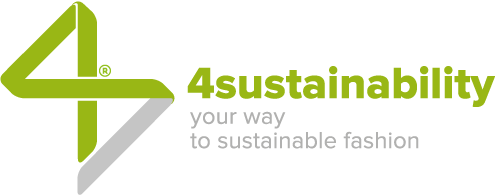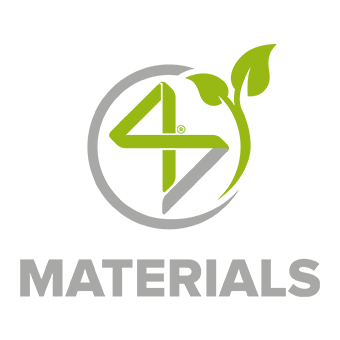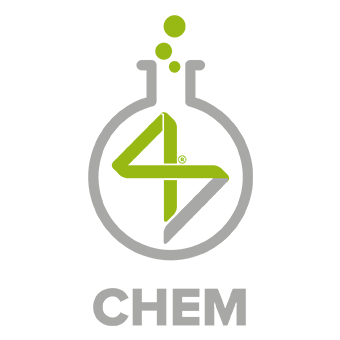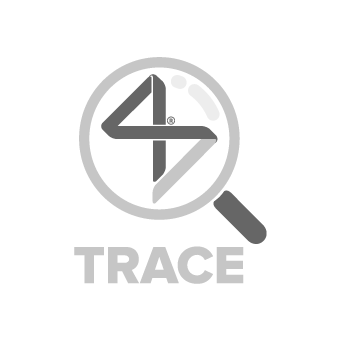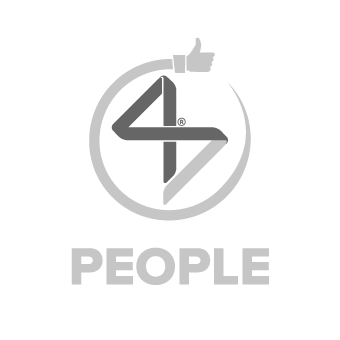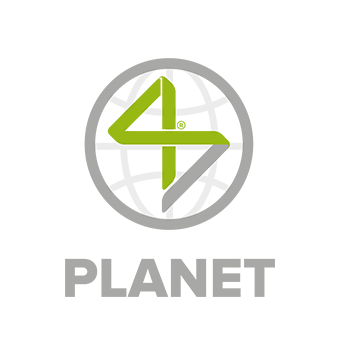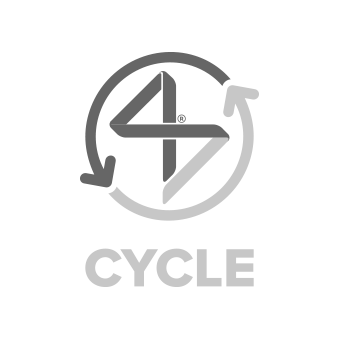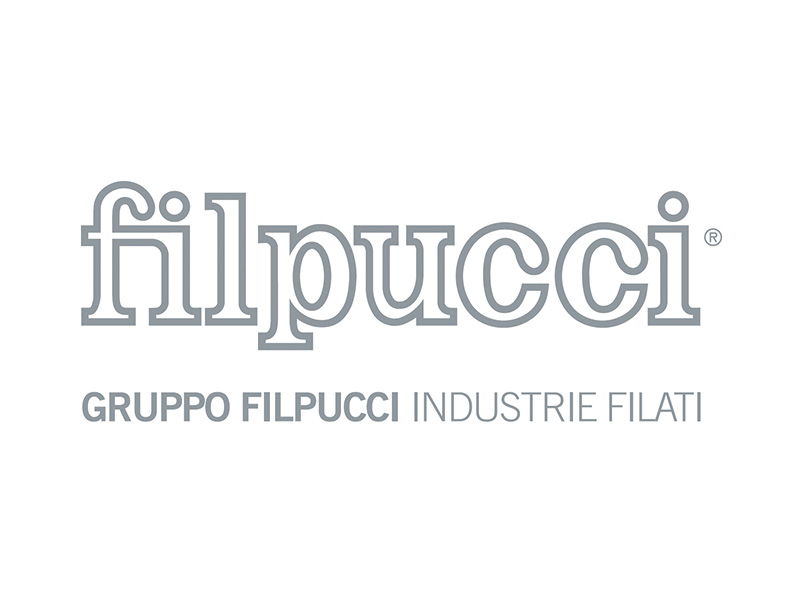
Filpucci SpaID Nr. 4S-100248e-report version 3.0
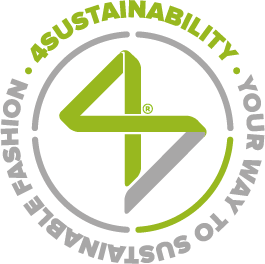
Filpucci is a company of historical importance in the Italian textile district. Our knitting yarns and the various collections that represent us year after year,
are aimed at an elite target and have always been fundamental cornerstones for expressions of high-end knitwear. Since our foundation in 1967,
we have never stopped focusing on creativity and innovation. The uniqueness of our yarns is due precisely to this: the inexhaustible spirit of research,
the high quality of each message, the incessant evolution. Our innovative and original solutions are born from a simple vision: to combine art and science,
driven by the desire to change the world of creation, to dress fashion with ultra-light materials. We have set trends with epochal innovations and
we have been pioneers in changing the trends of the sector: we have introduced viscose for knitting, developing the best qualities to create contemporary yarns.
We have also created the first revolutionary voluminous and hyper-light Soffili™ yarns. We have always loved to anticipate trends and lead change
with the continuous proposal of wonderful high-end yarns: combed and twisted, suggestive and imaginative, soft and silky. Our yarns, always innovative
and in any case ultra-light, offer all the subtleties. It is precisely for this reason that we work alongside the most prestigious brands of international fashion.
www.filpucci.it
4SUSTAINABILITY® COMMITMENT
Growth and sustainability are the factors for which we want to stand out, founding our strategy on the belief that ethical approach should characterize our business model. We firmly believe there cannot be a long-term economic development without a social and environmental development.
Inspired to and aligned with the Sustainable Development Goals set by the United Nations in the 2030 Agenda (SDGs), we’re committed to contributing to the generation of global positive change, assuming a clear environmental and social responsibility.
We do it concretely by joining the 4sustainability® roadmap, making the values and action programs it embodies our own, committing ourselves to starting a virtuous change journey in our business model, through one or more initiatives that we tell in this e-report.
this initiative contributes to the following main UN Sustainable Development Goals
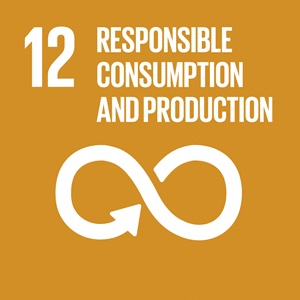
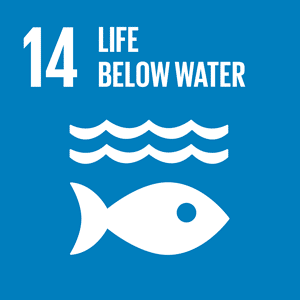
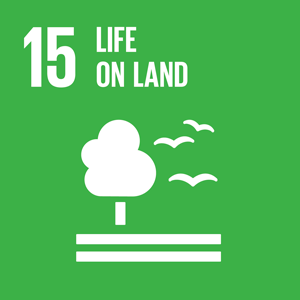
DATA REFERENCE PERIOD
from 01/01/2021 to 31/12/2021
LAST ISSUE DATE
12/10/2022
IMPLEMENTATION LEVEL
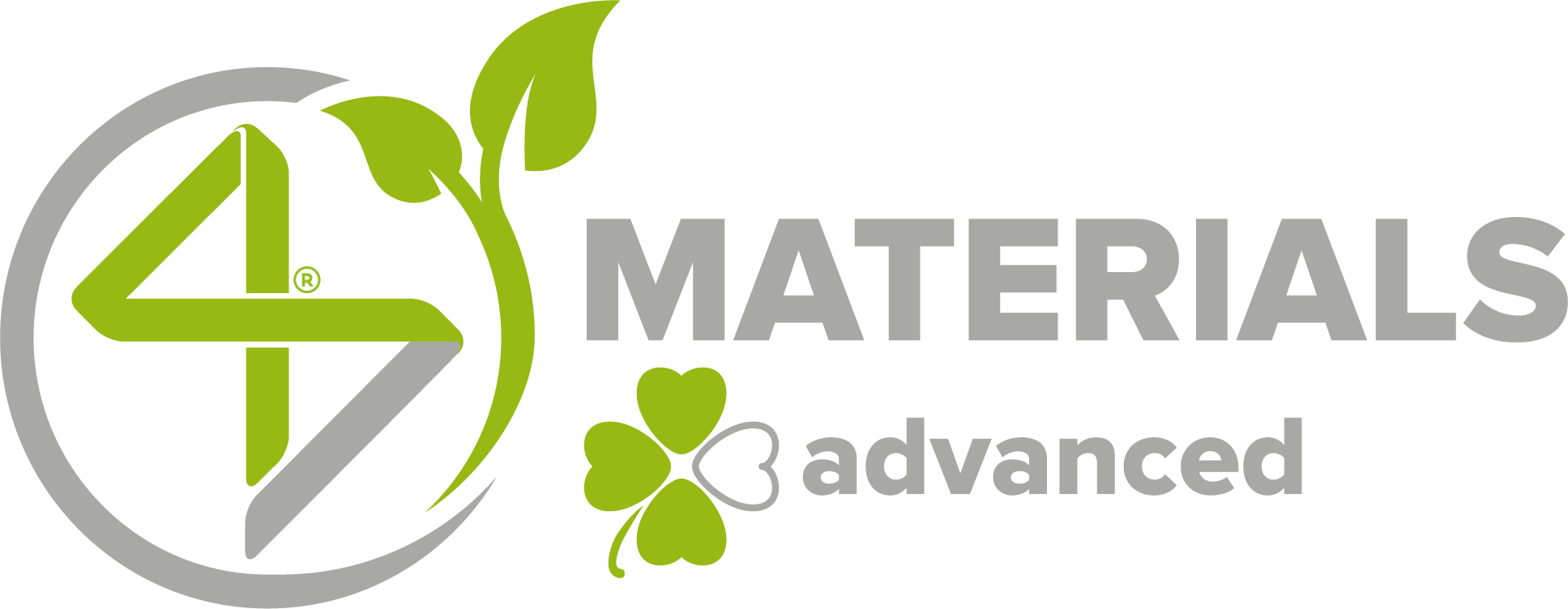
the implementation level is defined after the assurance process following the achievement of the protocol’s minimum requirements and is reviewed annually
The company has mapped and assessed the raw materials used to manufacture its products and identified more sustainable alternatives protected by patent or otherwise attested, certified or validated as set out in the 4s Materials Library. The main certifications are displayed below.
The report highlights the purchases share calculated in volume, as well as the sustainable items share sold in the current year with recognized and verified positive sustainability attributes.
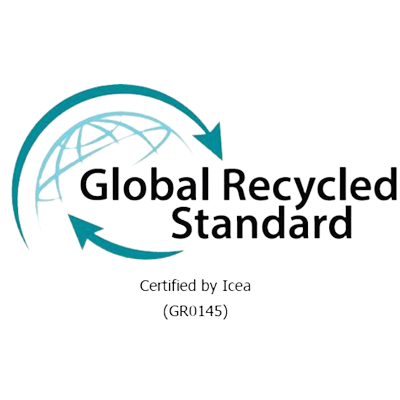
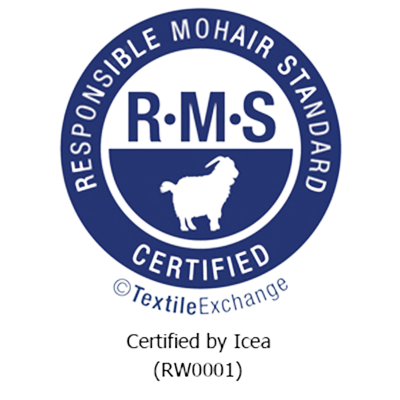
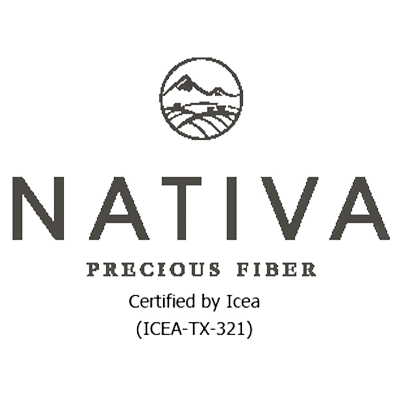
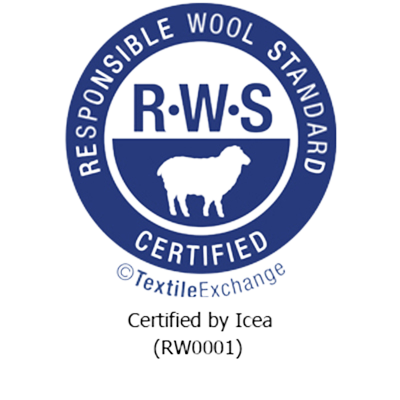
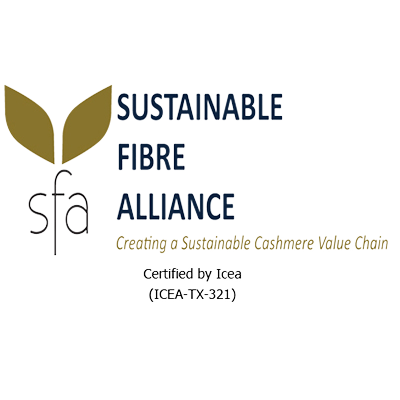
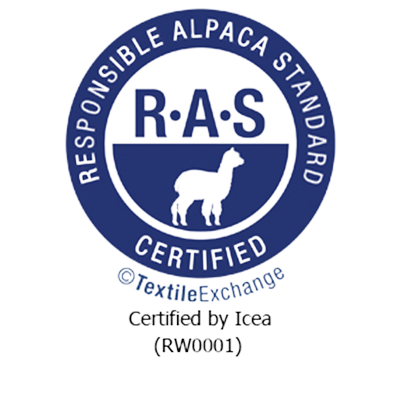
40%
percentage of sustainable materials sourced
INPUT
The input percentage indicates the proportion of raw materials with recognized sustainability attributes. The calculation is performed by mapping the purchases made during the year and highlighting the share-volume of the sustainable ones based on the positive attributes as defined in the 4s Materials Library.
BREAKDOWN OF SUSTAINABLE MATERIALS BY TYPE OF FIBRE
0%
percentage of incoming sustainable packaging
SUSTAINABLE PACKAGING
The sustainable packaging indicates the amount of primary or secondary packaging material for which the producer employed techniques and input factors that lead to an improvement in environmental performance.
INPUT
The input percentage indicates the proportion of chemical products that are approved by sustainability standards. The calculation is performed by mapping the chemical inventory during the year and highlighting the number of chemical products compliant with the sustainability requirements of 4sustainability Materials protocol.
8%
percentage of incoming chemical products approved by sustainability standards
100%
percentage of chemical processes approved by sustainability standards
INPUT
The input percentage indicates the proportion of chemical processes that are approved by sustainability standards. The calculation is performed by mapping the processes carried out internally by the company during the year and highlighting the ones compliant with the sustainability requirements of 4sustainability Materials protocol.
OUTPUT
The output percentage indicates the share-volume of the items in the designed and manufactured collection with recognized sustainability attributes, calculated in terms of the overall production.
48%
percentage of the volume of sustainable items sold
elimination of toxic and harmful chemicals from production cycles in line with the ZDHC Roadmap to Zero Programme
this initiative contributes to the following main UN Sustainable Development Goals
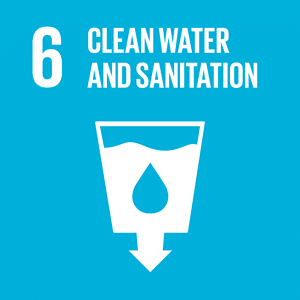
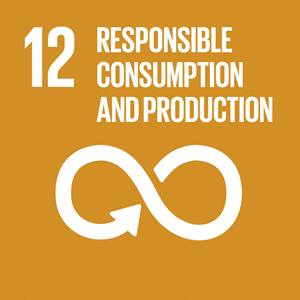

IMPLEMENTATION LEVEL
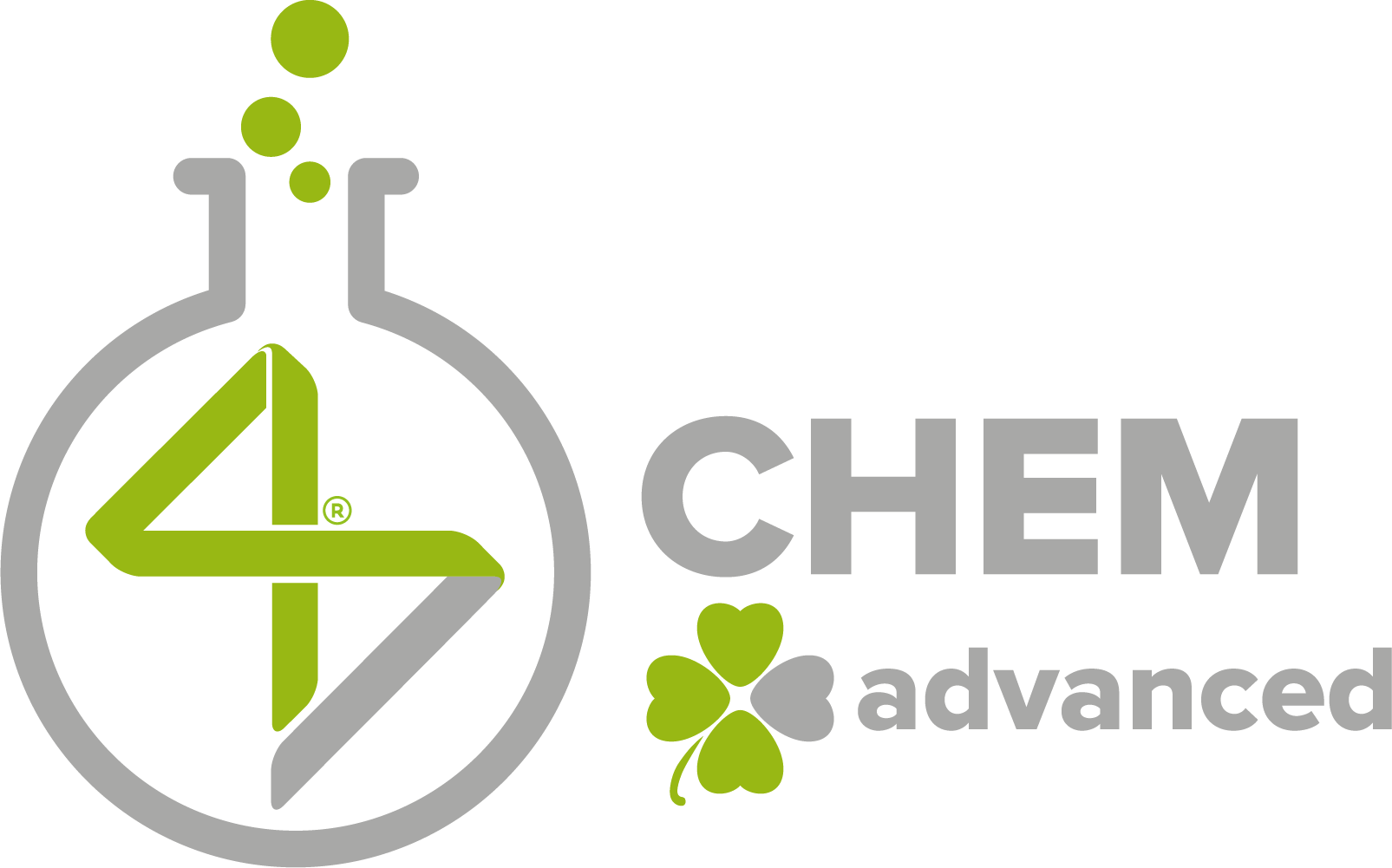
the implementation level is defined after the assurance process following the achievement of the protocol’s minimum requirements and is reviewed annually
The company has adopted the ZDHC MRSL for eliminating toxic and harmful chemicals from its processes and the 4S PRSL for raw material control. It has also implemented all the ZDHC CMS TIG requirements on internal and external processes.
CHEMICAL MANAGEMENT SYSTEM SCORE
72%
the percentage indicates the overall level reached through the implementation of 4s CHEM protocol requirements
ASSURANCE PROTOCOL
PRODUCTION VOLUMECOVERED BY MONITORED CHEMICAL INVENTORIES
100%
percentage of internal and external production volumes monitored through chemical inventory assessments
EXTERNAL CHEMICAL INVENTORY EVALUATION
WASTEWATER TESTING
ZDHC MRSL parameters following ZDHC Waste Waters Guidelines
wastewater compliance percentage; when in presence of “doesn’t meet requirements” slice, a Root Cause Analysis (RCA) has been performed and uploaded in ZDHC Gateway Waste Waters Module
PRODUCTION VOLUMECOVERED BY WASTEWATER TESTING
34%
percentage of internal and external production volumes whose wastewater has been tested following ZDHC Waste Waters Guidelines
this initiative contributes to the following main UN Sustainable Development Goals
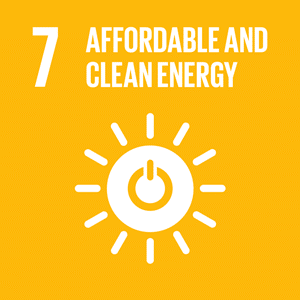
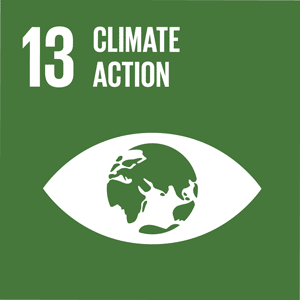

DATA REFERENCE PERIOD
from 01/01/2023 to 31/12/2023
LAST ISSUE DATE
06/09/2024
IMPLEMENTATION LEVEL
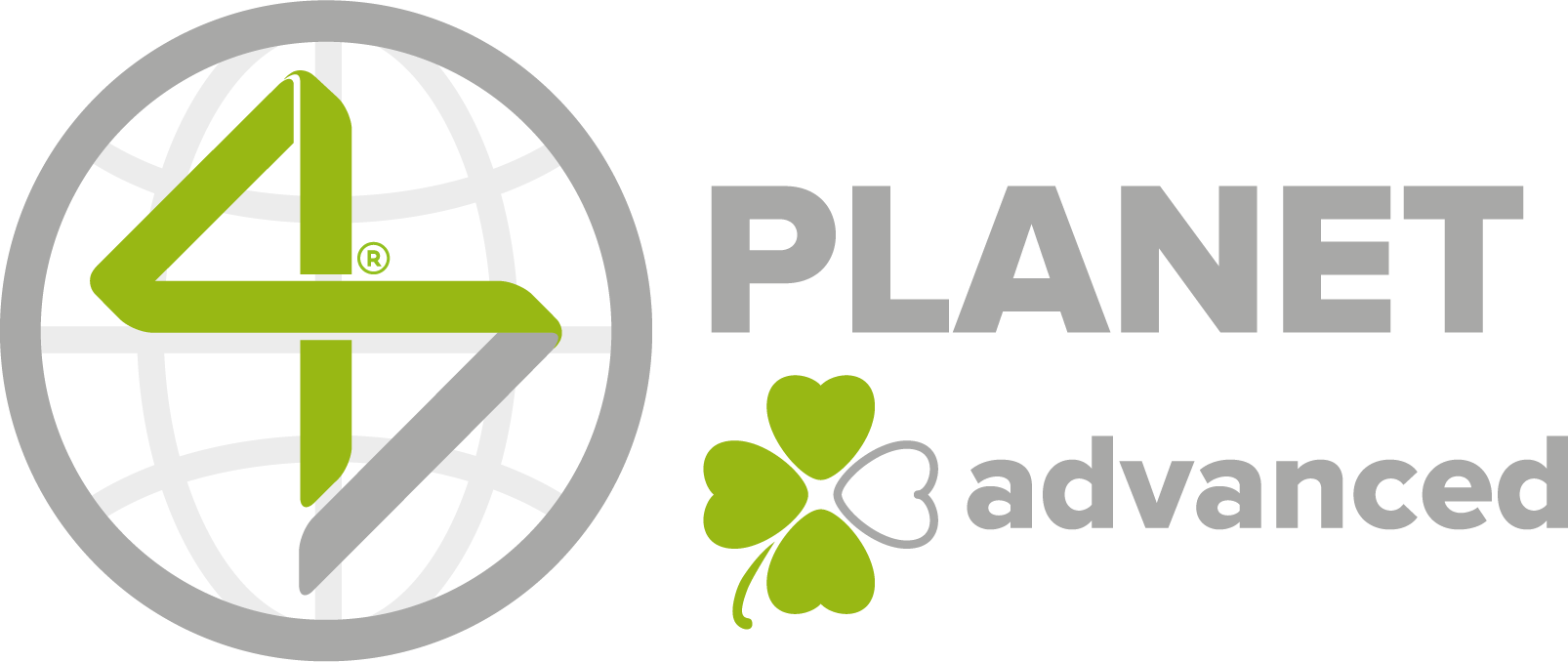
the implementation level is defined after the assurance process following the achievement of the protocol’s minimum requirements and is reviewed annually
The company has identified its main environmental impacts and implemented a calculation of its Water Footprint and/or Carbon Footprint and has started a roadmap for impact reduction on direct and indirect footprint.
MAIN ENVIRONMENTAL IMPACTS
The main company impacts are calculated starting from the direct ones. The calculation is then extended to include indirect impacts according to their order of relevance.
Consumption here on the side refers to an annual production of f 888.738 kg.
CONSUMPTION
1.879.378Kwh
ELECTRIC ENERGY
614.996Kwh
THERMAL ENERGY
1.788liters
WATER VALUE
CO2eq (CARBON DIOXIDE)
5.348.063KG
total emission (e.g. energy and water consumption, waste, fuels, packaging...)
ENERGY
SOURCES
22%

OTHER
SOURCES
33%

FROM
SUPPLY CHAIN
44%

DIRECT USE
100%
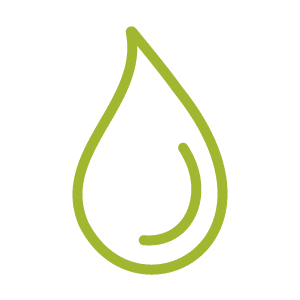
INDIRECT USE
0%

WATER
1.788.000L
total consumption
